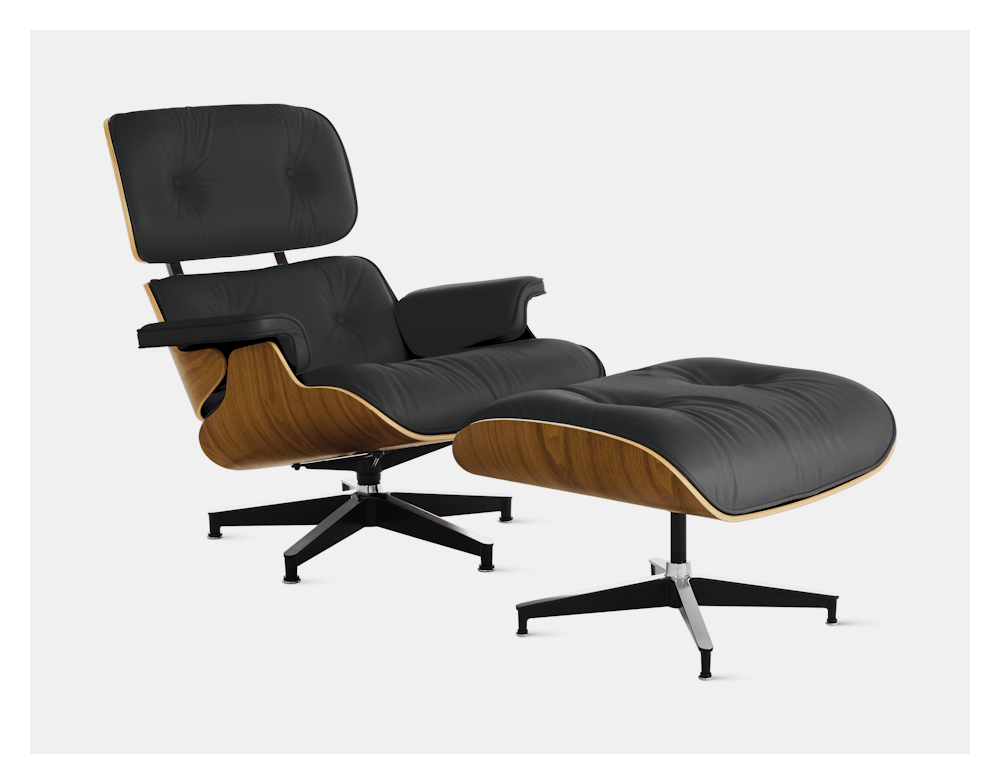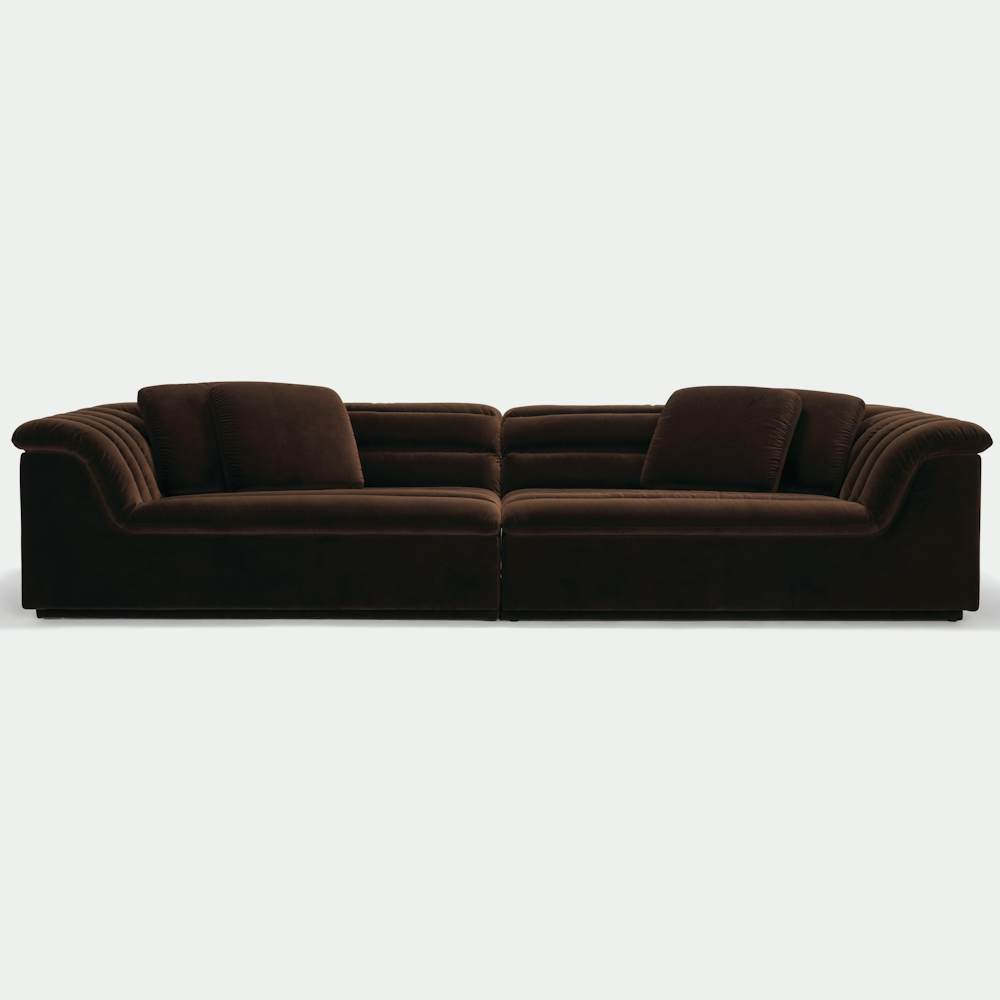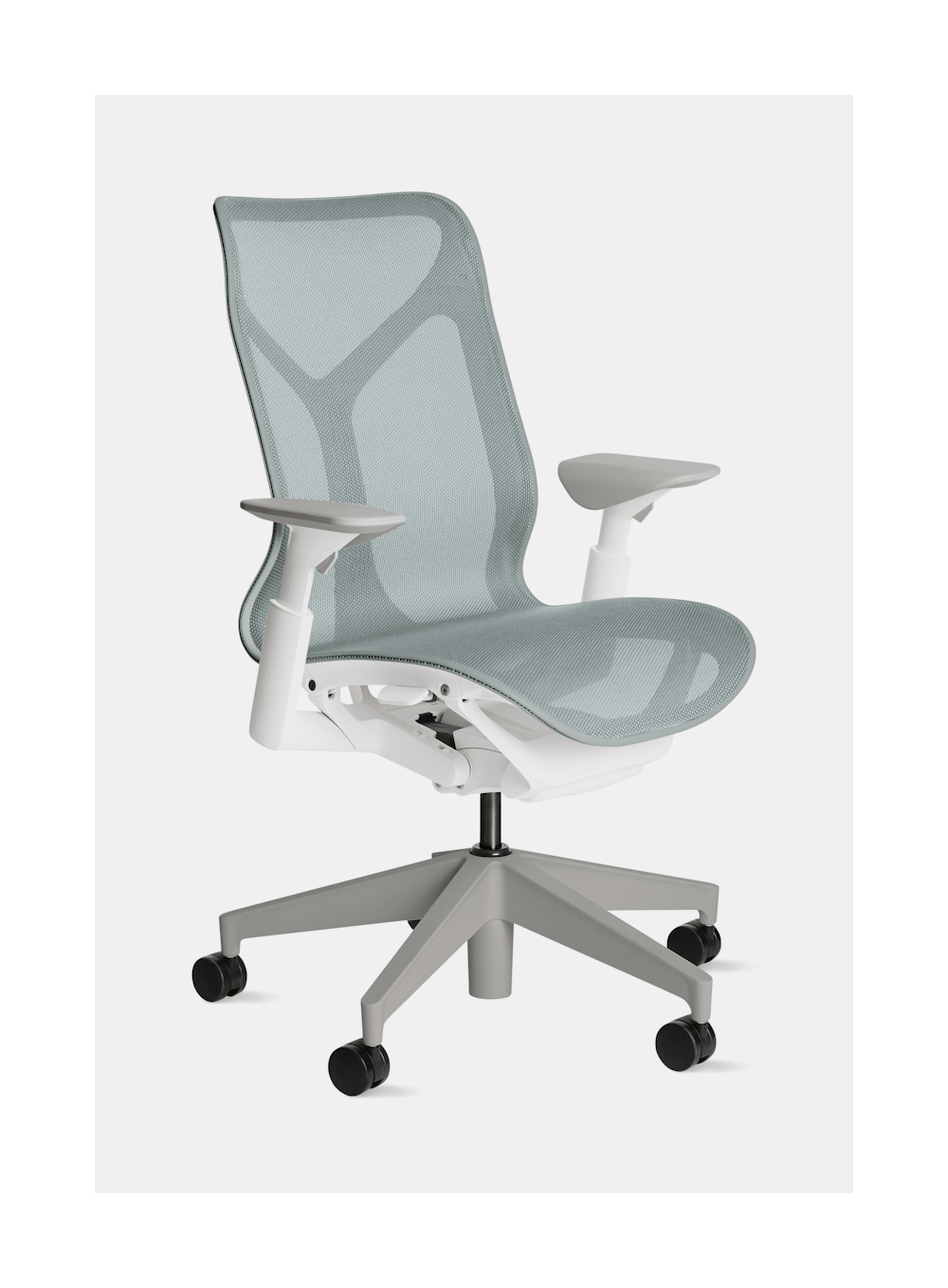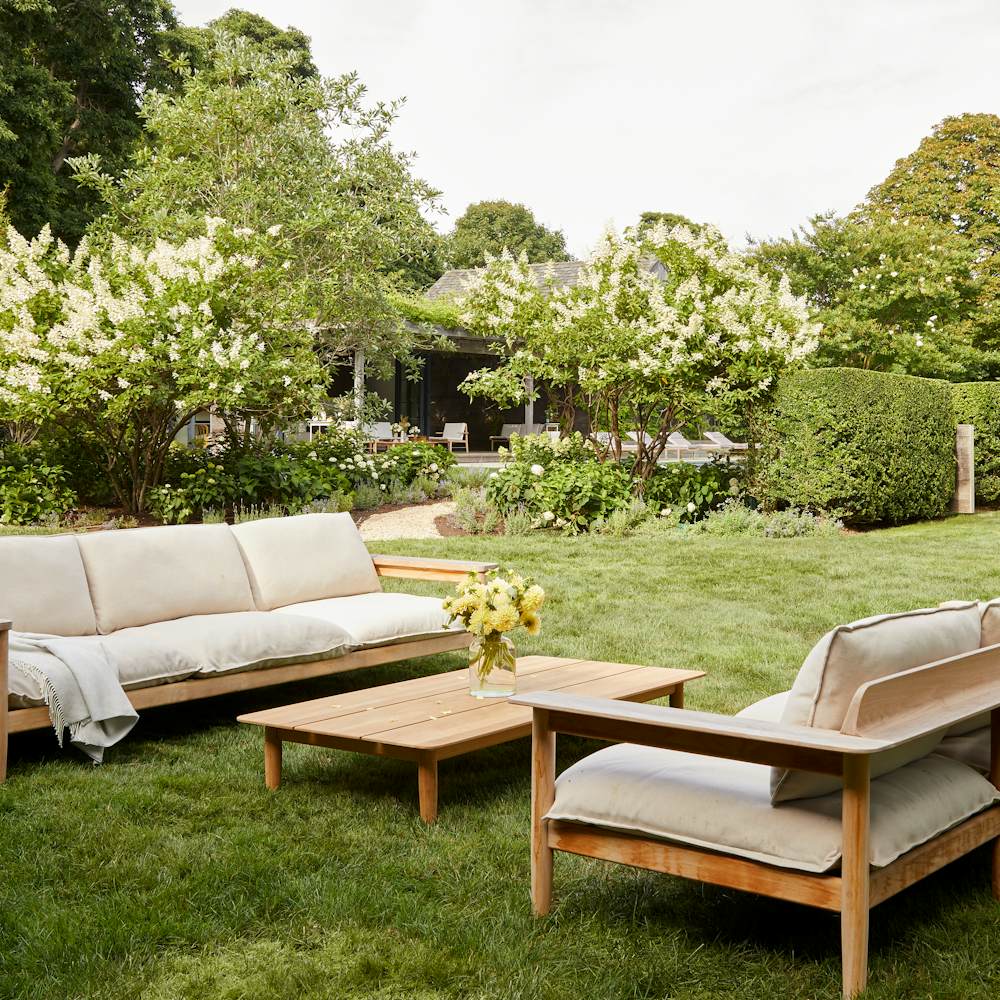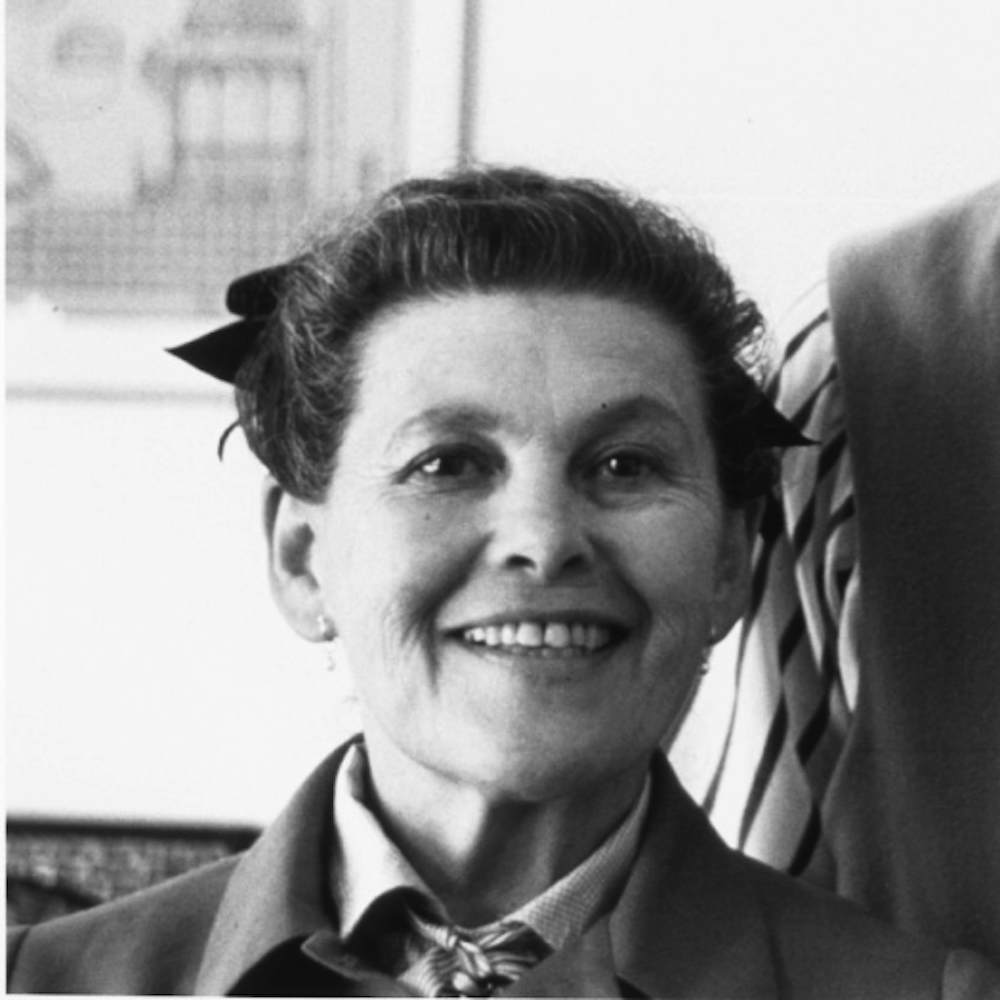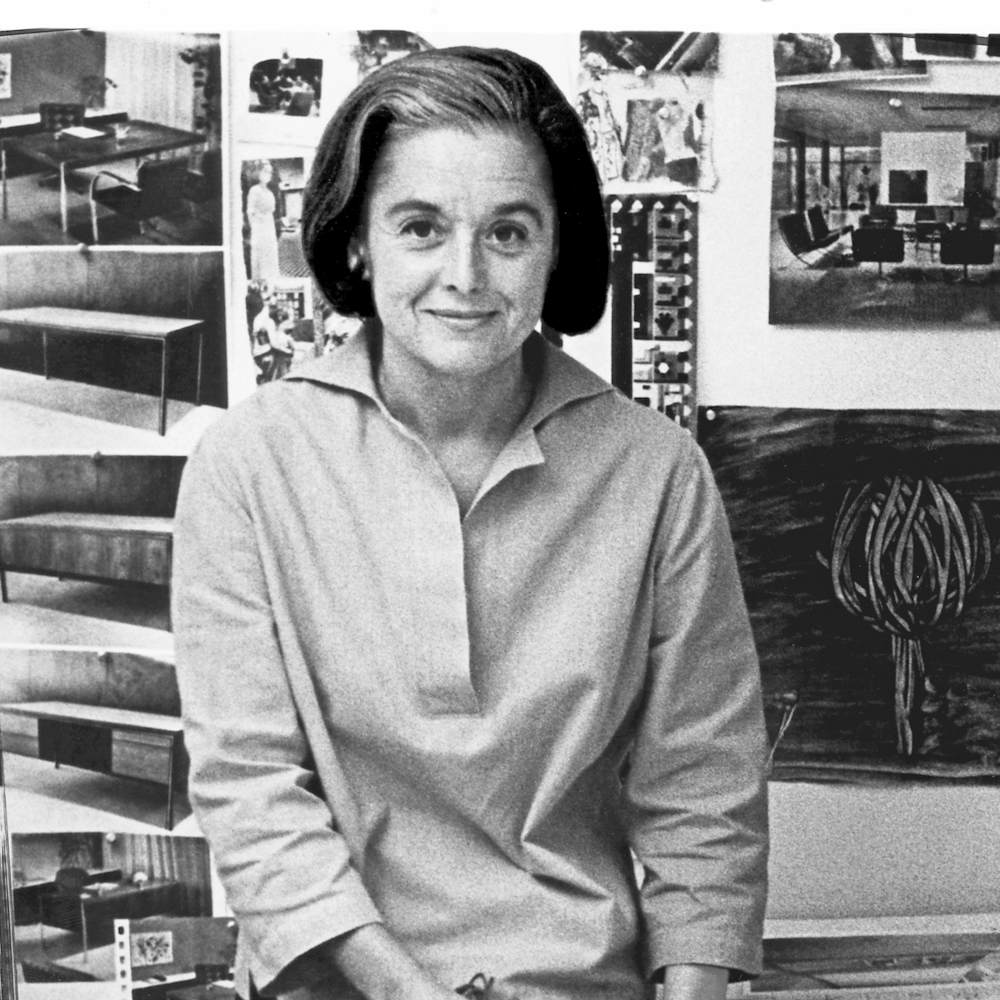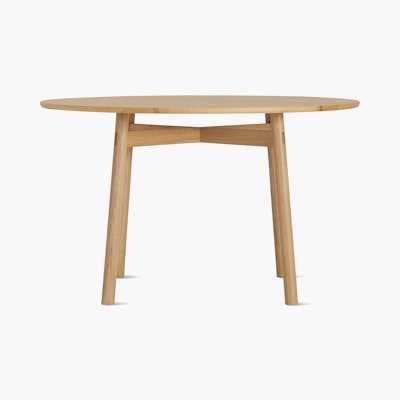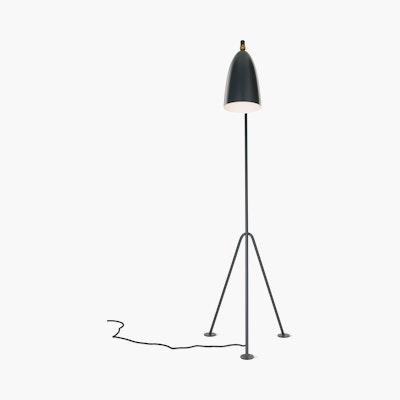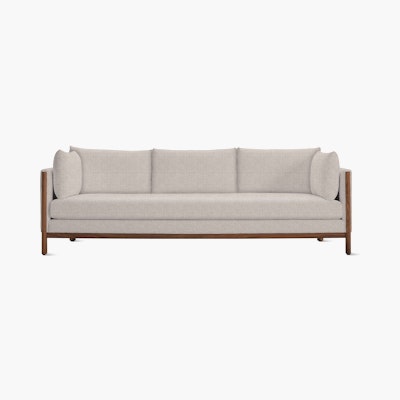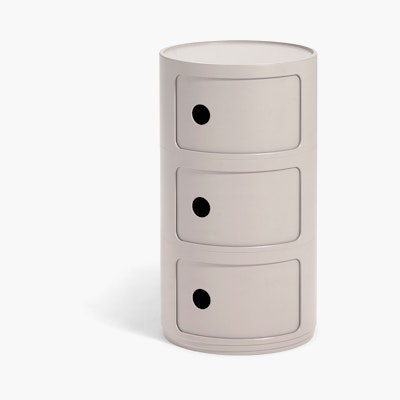Women in design
We’re proud to be a company led by women, from Andi Owen, CEO of our parent company MillerKnoll, to Debbie Propst, president of DWR and president of global retail for MillerKnoll. And we’re honored to showcase every day the work of a remarkable range of female designers – from early modern innovators like Ray Eames, Florence Knoll, and Charlotte Perriand to a large roster of brilliant women designing today – meet a few of them below.
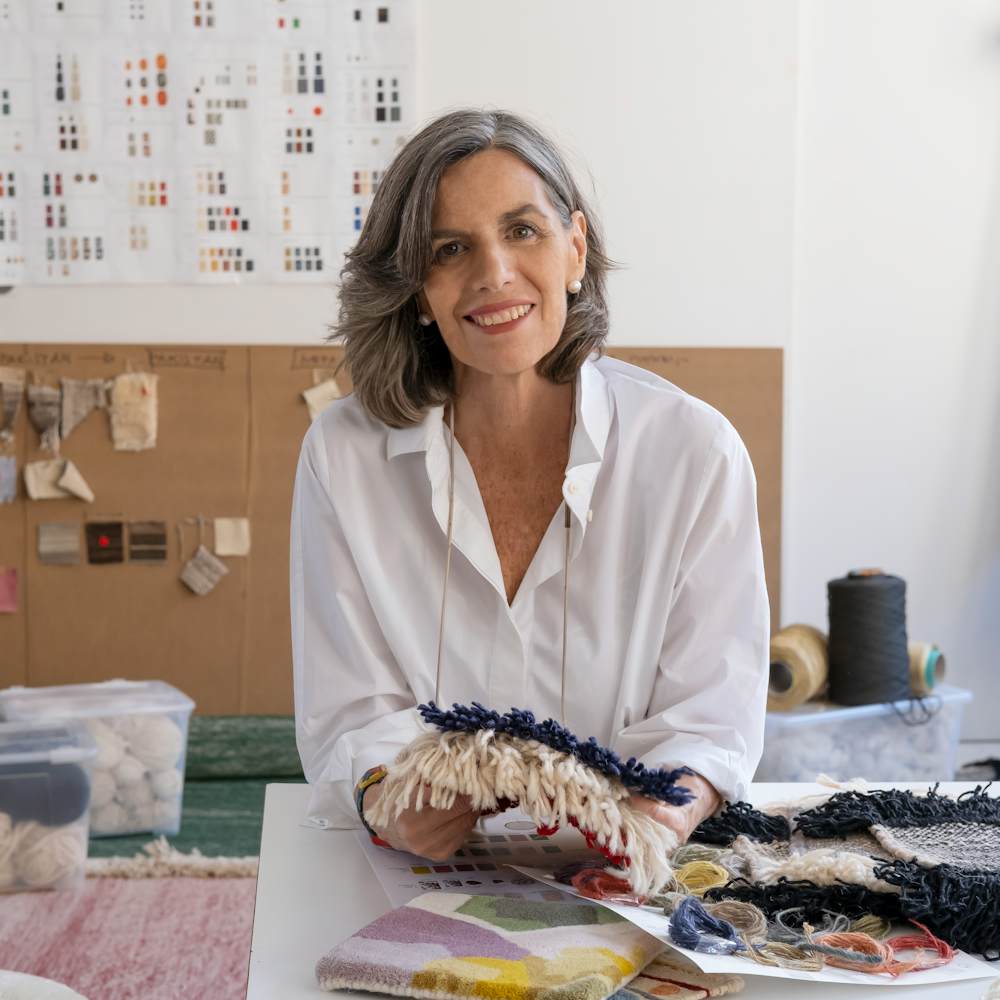
Nani Marquina
Spanish designer and CEO of the global rug company that bears her name, Nani Marquina studied industrial design, but “I never imagined that I would design rugs,” she said. “It didn’t exist as a specialization. But the opportunity came up, and I took it. When I started in the late 1970s, there were few women in the design industry. I felt very little support as a businesswoman. But it motivated me to work harder and it became an advantage.”
Marquina brought contemporary design to the traditional craft of rug-making, enlisting a wide range of talented artists to design flooring as art. She has always prioritized sustainability and innovation, and nanimarquina is now the first Climate Neutral certified rug company.
Her proudest accomplishment? “That my daughter Maria is the actual CEO of nanimarquina and will be the next generation in charge.”
Shop designs by women
Julie Tolvanen
Julie Tolvanen studied architecture at Washington University in St. Louis. “Since then, the things I design have gotten smaller and smaller,” she jokes. She learned woodworking, then studied furniture design in Finland, where she met her husband, Mika. They started their own design firm in Helsinki in 2015. In addition to furniture designs such as the Terassi Outdoor Collection for DWR, they started their own small brand, Pidät, for their own passion projects.
“Women designing today benefit from earlier pioneers because it’s no longer unusual,” says Tolvanen. Of her design work, she says, “The variety is what keeps it interesting. I might work on a chair, blanket, and candle snuffer all at the same time. The focus might be on making a shape one day, and on researching materials another day. Each one lights up a different part of the brain.”
“In my work, it’s important to find a kind of primitive honesty for an object’s shape that is understandable and approachable, but also sculptural and fresh.” — Julie Tolvanen

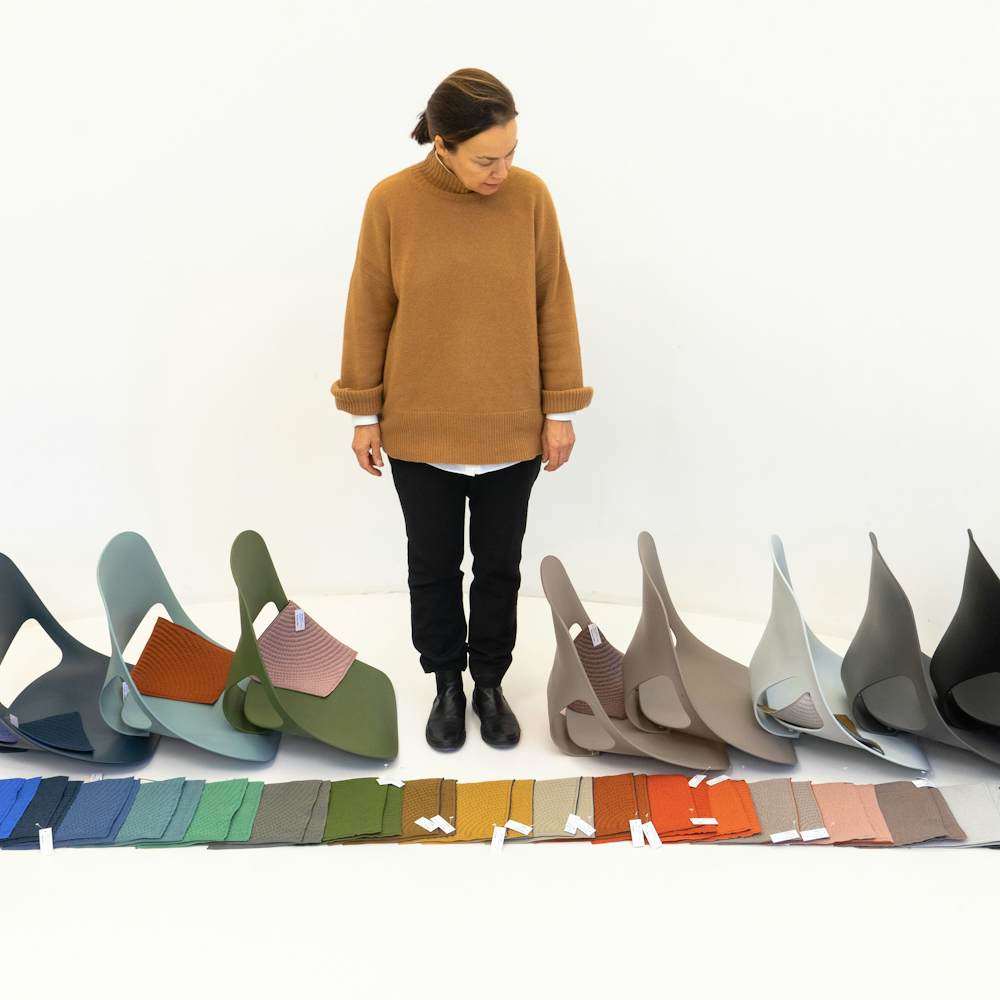
Carola Zwick
Carola Zwick studied industrial design at a time when there were “zero female professors in the department.” She went on to found Studio 7.5 in Berlin with two partners 30 years ago, designing a wide range of furniture, including inventively engineered office seating such as Cosm, Mirra 2, and most recently, Zeph Chairs. Now also an industrial design teacher herself, she’s happy to note that things have changed in schools, but “if you look at the low rates of female founders and the meager percentage of venture capital they are receiving, we still have a long way to go.”
“At Studio 7.5 we have a mantra: Revolution might sound sexy, but evolution is the much more powerful concept. So each project we do is also creating the kernel for the next exploration.”
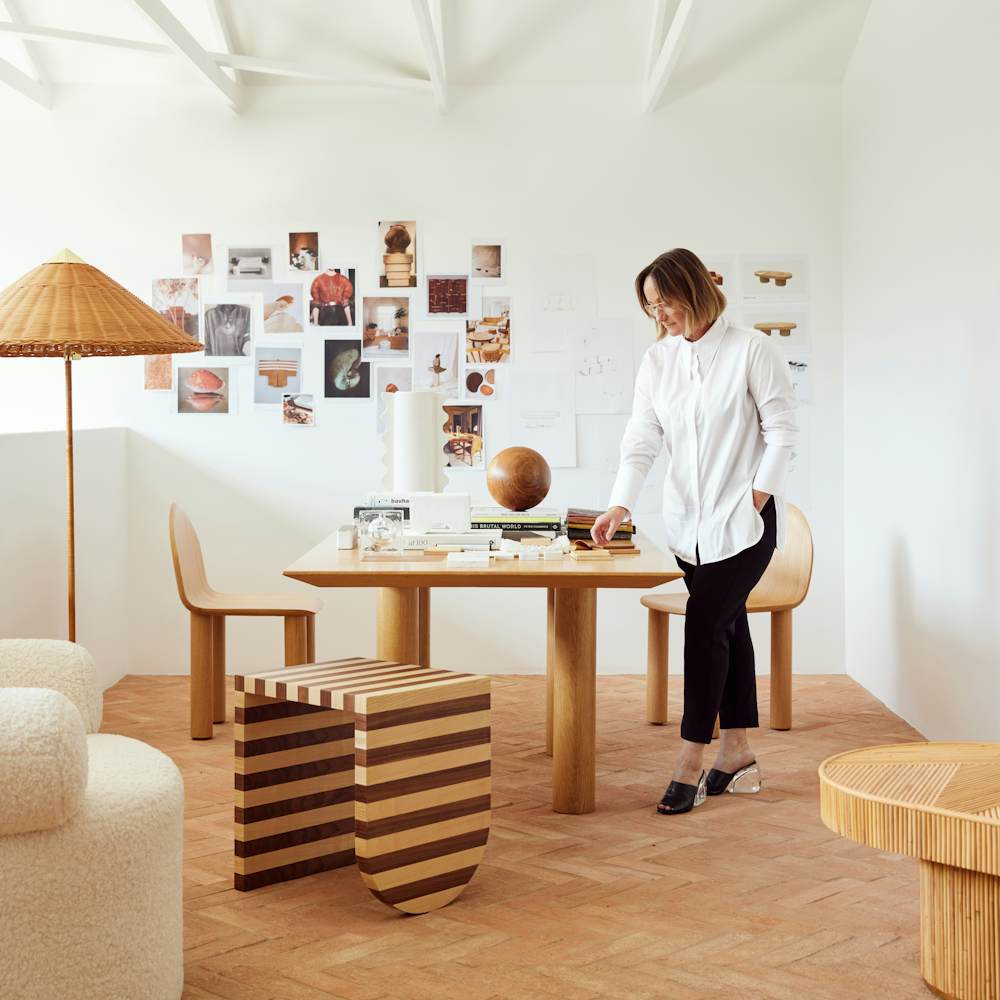
Sarah Ellison
Not only a “woman in design,” Australian furniture designer Sarah Ellison is also a “mother in design.” Ellison came to furniture design by way of a career as a magazine editor and stylist. “The creative process can be all-consuming, and switching from designer into mum mode has its challenges,” she says. “But it also has its benefits: My design process always takes into account the functionality of family life. The test is if my son can do dive-bombs on the sofa and rock on the chair legs. So as much as I want things to be beautiful, they must also work in the real world. Finding that balance is paramount.”

